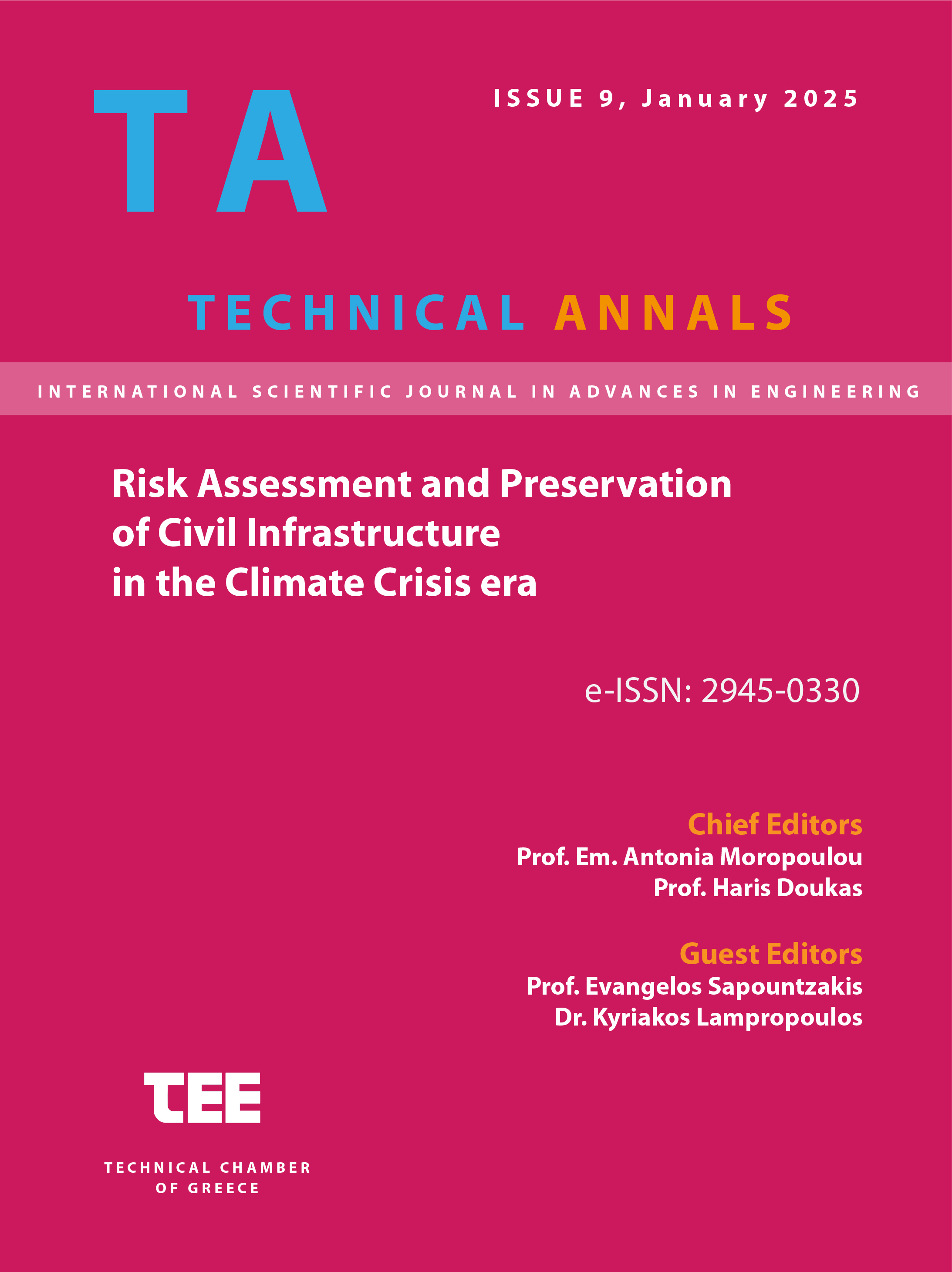Seismic Protection of Onshore Wind Turbines using Novel Vibration Control Systems

Abstract
As the climate crisis intensifies, the transition to renewable energy sources has become more critical than ever, with wind energy playing a key role in reducing carbon emissions and ensuring a sustainable future. To maintain the reliability of wind power infrastructure, it is essential to enhance the structural resilience of wind turbines (WT). In seismic prone regions, earthquakes can generate forces that exceed the structural strength of WT towers, leading to potential failures. This study addresses this challenge by proposing novel vibration control systems to seismically protect WT structures, ensuring stability and continued operation of wind energy infrastructure. In this paper, various vibration control systems (VCS) are implemented in a benchmark onshore wind turbine tower to enhance its seismic resilience against severe earthquakes. The employed VCS are based on the KDamper concept, an extension of the traditional Tuned Mass Damper (TMD) with the strategic introduction of negative stiffness and damping elements. The VCS are designed using a constrained optimization methodology with ground motion acceleration input based on EC8 provisions. For comparison, a TMD with 20 times higher additional mass is also evaluated. Numerical results demonstrate that the KDamper-based designs outperform the classical TMD, offering a viable solution for seismic protection of onshore WT.
Article Details
- How to Cite
-
Kapasakalis, K., Georgios Florakis, & Evangelos Sapountzakis. (2025). Seismic Protection of Onshore Wind Turbines using Novel Vibration Control Systems. Technical Annals, 1(9). https://doi.org/10.12681/ta.40478
- Section
- Earthquake Engineering

This work is licensed under a Creative Commons Attribution-NonCommercial-ShareAlike 4.0 International License.


